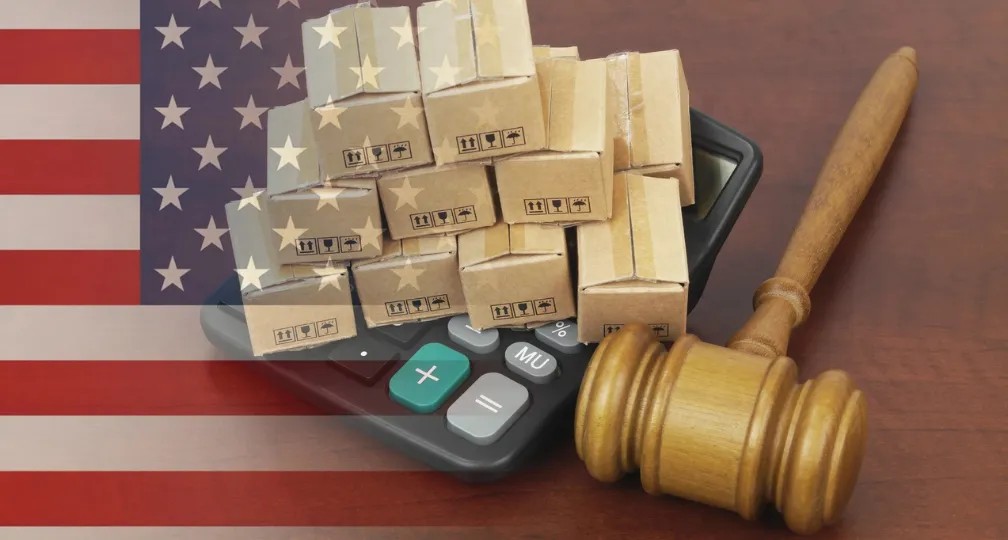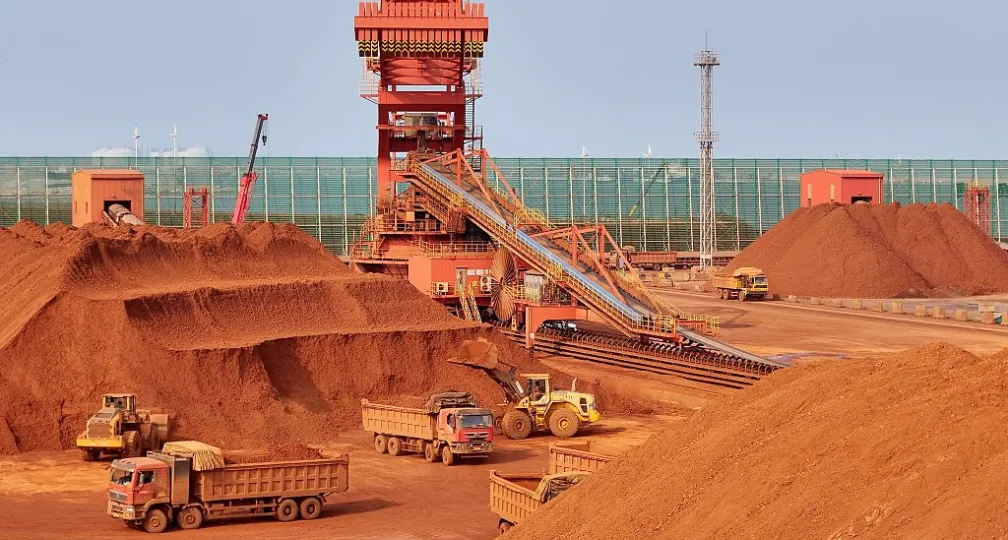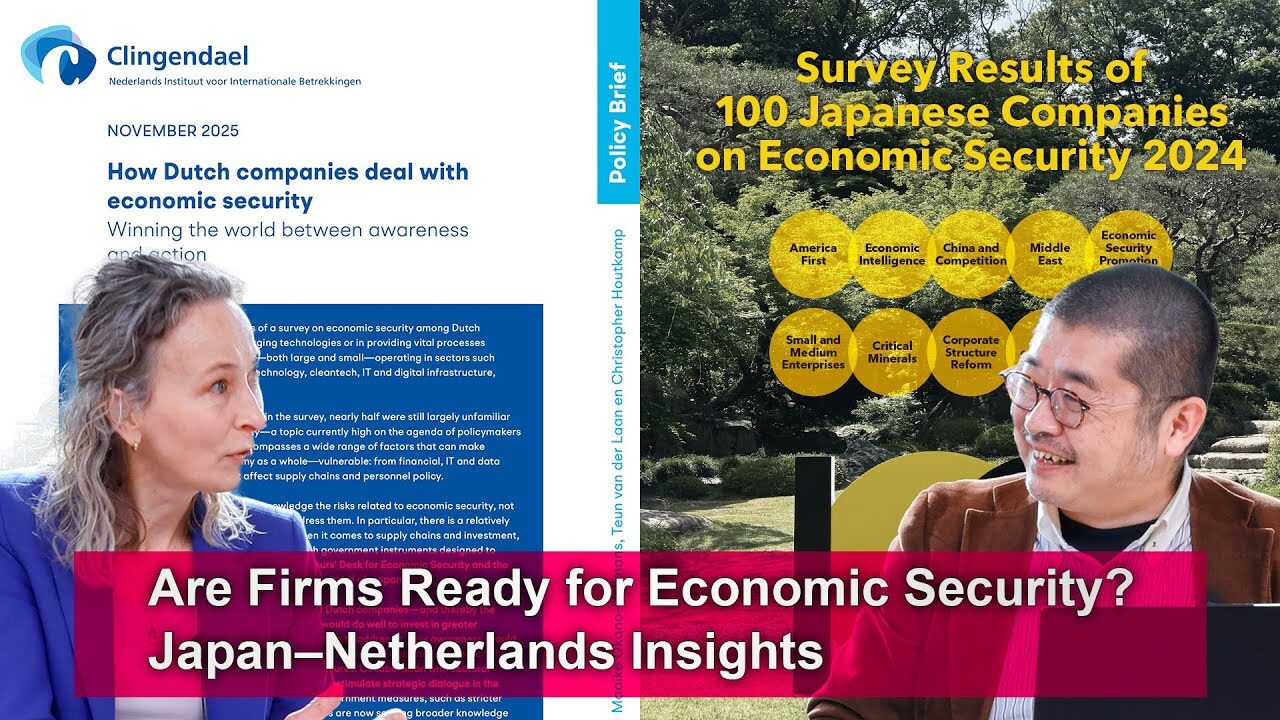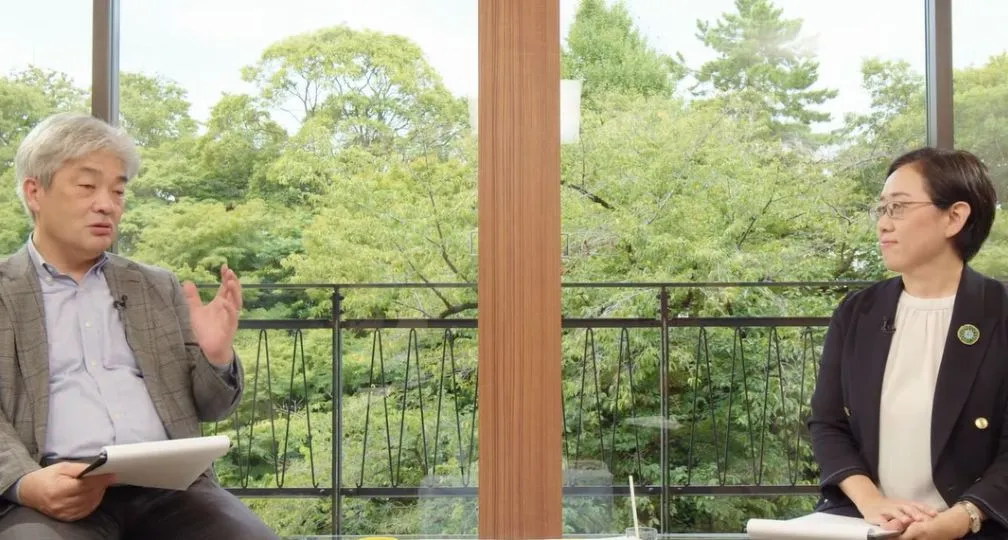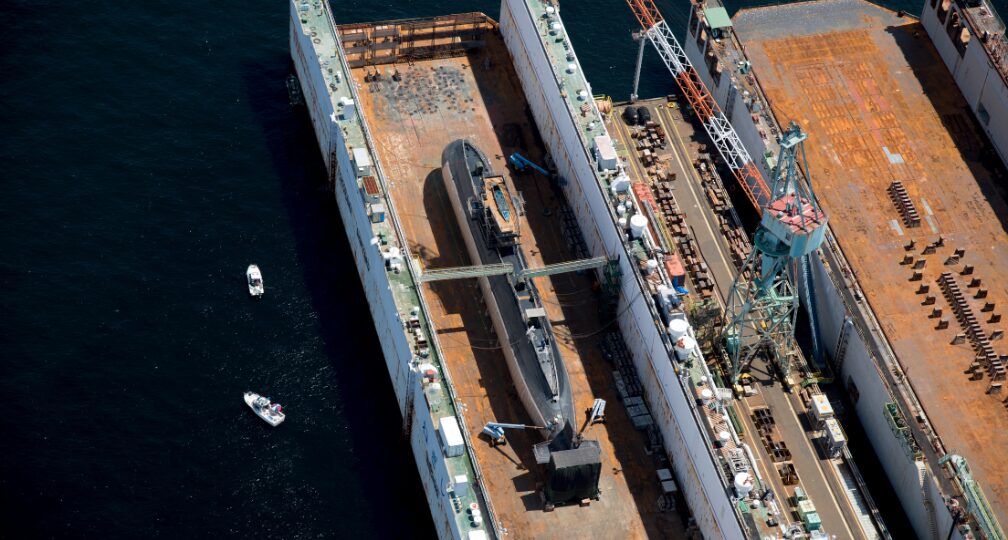How Japan can make the most of its latest diplomatic tool

In April, the government decided to implement a new official security assistance (OSA) framework to grant financial aid to the militaries of like-minded countries, which is distinct from its official development assistance (ODA) to developing countries limited to nonmilitary purposes.
OSA is aimed at raising the security capabilities of developing countries and the beneficiaries are military forces.
It is an unprecedented measure for Japan, and much debate has been done among those with differing views on weapons exports and whether such a framework should be created in the first place.
However, there have been little policy discussions on how OSA will contribute to Japan’s national security or what kind of actions should be taken under the framework to achieve that purpose.
This article will discuss the issue under such recognition, while referring to the United States, which has accumulated experience with a similar program.
First of all, the OSA framework is intended to provide assistance only in areas that are not directly linked to international conflicts, such as intelligence, surveillance and reconnaissance activities, counterpiracy operations and international peacekeeping.
Defense and other equipment to be used by militaries, including satellite communication systems and radars, as well as materials necessary to build military infrastructure such as ports, could be offered.
Just like ODA, Japan is expected to require beneficiaries under an international agreement to manage each project properly so that the assistance won’t be used other than for intended purposes.
In fiscal 2023, feasibility studies will be conducted with plans to provide assistance to the Philippines, Malaysia, Bangladesh and Fiji.
Japan has already been giving security-related assistance to developing countries’ militaries in the form of educational training and advice to improve capabilities as well as offering used Self-Defense Forces equipment free of charge.
OSA differs from existing security-related assistance of training and advice as it offers hardware such as equipment and infrastructure, and it is different from free transfer of secondhand defense equipment since it is part of a grant and aid program.
While some are pinning hopes on OSA and its potential benefits for diplomacy, others fear it could lead to Japan’s intervention in military conflicts or that it may not be properly managed.
And there are criticisms that if the three principles on defense equipment transfers, which are currently under review, are eased to allow the exports of lethal weapons, offering such weapons under OSA could also be allowed.
Still, such criticisms are largely worries over things that are yet to take place, as OSA has not been firmly established as a policy tool so far.
Some say the framework should start small and grow big, but it could end up being a pie in the sky if no achievements are made.
Policymakers and experts should instead discuss its significance, possibilities and limits specifically by referring to cases of other countries, rather than focusing on worries and anticipations not based on experience.
Engagement and deterrence
What can be learned from the U.S., which has used weapons transfers as a diplomatic policy tool?
An initiative that played a key role in the U.S.’ diplomacy after World War II was so-called security assistance — including providing weapons, training and military advice through the Foreign Military Sales and Foreign Military Financing programs.
The purpose of security assistance changed over time, but there have been two major aspects to the initiative: engagement with the beneficiary countries and deterring common threats.
The U.S. aimed to increase the number of like-minded countries through the assistance and at the same time strengthen deterrence capabilities against countries that could become a common threat to itself and its beneficiaries by boosting beneficiaries’ capabilities.
Security assistance was initially used to counter the Soviet Union by preventing Western countries from coming under communist influence and building up their military power.
The U.S. provided assistance to any beneficiary country who would fight communism, regardless of whether it adopted liberalism or authoritarianism.
However, as the Cold War ended and the U.S.-led international order was being formed, Washington began to recognize the need to get involved with former Soviet states.
Moreover, concerns grew over authoritarian regimes where militaries were provoking civil conflicts and suppressing citizens.
In response to such circumstances, U.S. security assistance now includes giving advice to reform beneficiaries’ military sectors with a goal to establish democracy and civilian control of the military.
Nurturing professional troops
To improve the effectiveness of providing weapons and training, it is important to package them with security sector reform.
Recent studies point out that factors characterizing professional troops in democratic countries — including merit-based personnel promotion and decentralized command and control allowing for greater creativity and flexibility on-site — are significant in demonstrating military effectiveness on battlefields.
With that being the case, capabilities of beneficiary countries’ militaries should improve if weapons and training assistance are provided along with security sector reform.
In short, nurturing a military under democratic civilian control will enhance its effectiveness on the battlefield.
Nevertheless, the reality of security assistance has not necessarily turned out as it should have.
The Afghan National Defense and Security Forces, which the U.S. spent a total of $90 billion since 2002 to nurture, easily let the Taliban take over the capital in the summer of 2021.
Similarly, the Iraqi Armed Forces, into which the U.S. injected a total of $25.7 billion from 2004, fled the country’s second-biggest city Mosul after the Islamic State group of Iraq took control of the city.
The Ukrainian military, with which NATO provided training, advice and weapons sales after the Cold War, has long been tainted with corruption.
Although it is difficult to come up with a common factor for the outcomes, experts often point out that the major reason was that the U.S. failed to strongly demand for conditionality to exchange arms and training for security sector reform.
Even if a military has ample weapons, unless security sector reform is conducted to utilize them, it will end up being a paper tiger with limited military effectiveness.
Nonetheless, since security assistance is aimed at expanding the network of like-minded countries, imposing demanding conditions on beneficiary countries could alienate them, thus working against the goal.
Security assistance has been a difficult issue because of the inherent duality of its objectives.
Meanwhile, equipping and training allied militaries is not something that can be done in a day. Continuous assistance is inevitable for arms maintenance and replenishment and personnel education.
Continuous assistance also leads to building trusting relationships between military authorities and, at the same time, to deeper cooperation through standardization and maintenance of equipment which would make institutions path-dependent.
Such long-term assistance can encourage security sector reform and bring about improved military effectiveness at times.
It is believed that Ukraine moved forward with its security sector reform in response to years of demands by NATO, following establishment of a law on national security in 2018 which strengthened civilian control over the military. This might have helped boost its military’s capabilities.
Also, in Iraq, long supported by the U.S., it was the so-called Golden Division, the professional, U.S.-trained special counterterrorism forces, that led the country to victory in the siege of Mosul against the Islamic State in 2016.
Hints for Japan’s OSA
What do the above discussions imply for Japan to implement its OSA?
Needless to say, U.S. security assistance is far larger in scale and includes large-sized lethal weapons, whereas OSA is not directly associated with international conflicts and also covers logistics such as infrastructure building.
On the other hand, it’s important to note that OSA has the same objective as U.S. security assistance in a sense that it is aimed at improving beneficiaries’ military capabilities and that it could grow into something like the U.S. framework in the future.
Although Japan’s OSA lacks experience and its budget is small, with ¥2 billion allocated in the current fiscal year, material support will be useful to increase like-minded countries in the Indo-Pacific region and help them improve their surveillance capabilities in order to strengthen deterrence against China’s military activities.
Taking such a situation into account, there are some points that are important to note regarding the implementation of OSA.
First, it is necessary to find the right balance between the two strategic goals — engaging with like-minded countries and improving deterrence.
OSA beneficiary candidates such as Southeast Asian countries in particular are cautiously weighing their relations with China amid intensifying strategic competition between Washington and Beijing.
In such circumstances, if Japan’s assistance is too focused on the aspect of deterring China, it could hamper the other objective of winning beneficiaries over to its side.
Considering the significance of continuation, Tokyo is at the right starting point in seeking cooperation in nontraditional security issues designated by the government.
Secondly, an international agreement is not necessarily enough to make the beneficiaries of equipment use them for intended purposes.
In order to ensure that the beneficiaries’ militaries use the provided equipment in line with the objectives of assistance, they should be offered in a package with training and advice necessary for the militaries to build professional skills.
It is necessary to provide OSA not by itself but together with the defense capacity building assistance with which Japan has been offering to educate and advise foreign troops.
To improve beneficiaries’ military effectiveness, Japan also needs to give advice on security sector reform.
OSA can also be offered in collaboration with Self-Defense Forces’ surveillance activities or with U.S. assistance.
Thirdly, while ODA projects are mostly managed by the Japan International Cooperation Agency (JICA), it is uncertain whether the agency can be in charge of OSA projects which require military expertise.
The Defense Ministry and other institutions are expected to cooperate in implementing OSA projects, but there is no designated unit within the Self-Defense Forces.
Specialized team needed
While it will be difficult for a power organization whose main purpose is combat to make OSA activities its core activity, the system won’t work effectively if it is handled on the side.
It is indispensable to create a team dedicated to the implementation of OSA.
Lastly, when providing arms and equipment, it is also necessary to let beneficiaries’ militaries recognize how well they perform.
From this standpoint, Tokyo needs to identify the strengths of the domestic defense industry and make efforts so that the arms and equipment are made to match the beneficiaries’ needs.
OSA is a proactive tool to form a security order favorable for Japan.
Instead of focusing on inward-looking discussions, Japan must consider how to put it into practice from a broader strategic perspective while referring to precedents by other countries.
What is most important is to take a long-term approach to offer continuous support.
(Photo Credit: Ministry of Defense)
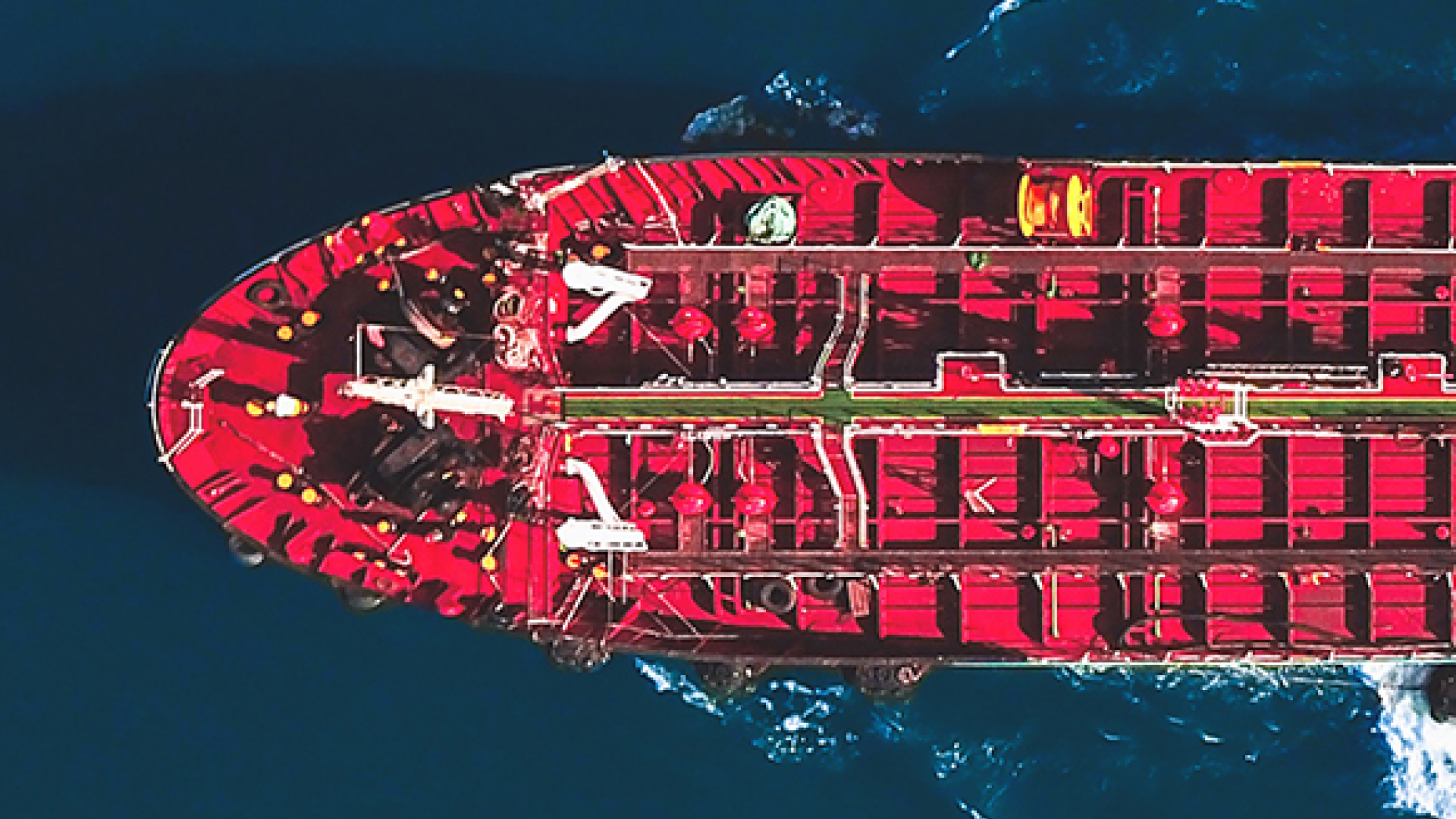
Geoeconomic Briefing
Geoeconomic Briefing is a series featuring researchers at the IOG focused on Japan’s challenges in that field. It also provides analyses of the state of the world and trade risks, as well as technological and industrial structures (Editor-in-chief: Dr. Kazuto Suzuki, Director, Institute of Geoeconomics (IOG); Professor, The University of Tokyo).
Disclaimer: The opinions expressed in Geoeconomic Briefing do not necessarily reflect those of the International House of Japan, Asia Pacific Initiative (API), the Institute of Geoeconomics (IOG) or any other organizations to which the author belongs.
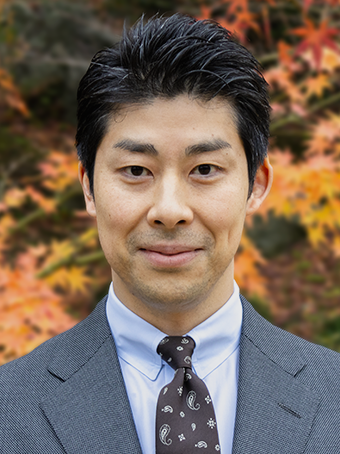

Senior Research Fellow
Hirohito Ogi is a senior research fellow at the Institute of Geoeconomics (IOG) studying military strategy and Japan’s defense policy. Before joining the IOG, Mr. Ogi had been a career government official at the Ministry of Defense (MOD) and Ministry of Foreign Affairs (MOFA) for 16 years. From 2021 to 2022, he served as the Principal Deputy Director for the Strategic Intelligence Analysis Office, the Defense Intelligence Division at the MOD, where he led the MOD’s defense intelligence. From 2019 to 2021, he served as a Deputy Director of the Defense Planning and Programming Division at the MOD. He holds a Master’s degree in international affairs from the School of International and Public Affairs (SIPA), Columbia University, and a Bachelor’s degree in arts and sciences from the University of Tokyo. He is the author of various publications including Comparative Study of Defense Industries: Autonomy, Priority, and Sustainability (co-authored, Institute of Geoeconomics, 2023).
View Profile-
 Analysis: Ready for a (Tariff) Refund?2025.12.24
Analysis: Ready for a (Tariff) Refund?2025.12.24 -
 China, Rare Earths and ‘Weaponized Interdependence’2025.12.23
China, Rare Earths and ‘Weaponized Interdependence’2025.12.23 -
 Are Firms Ready for Economic Security? Insights from Japan and the Netherlands2025.12.22
Are Firms Ready for Economic Security? Insights from Japan and the Netherlands2025.12.22 -
 Is China Guardian of the ‘Postwar International Order’?2025.12.17
Is China Guardian of the ‘Postwar International Order’?2025.12.17 -
 Japan-India Defense in a Fragmenting Indo-Pacific2025.12.10
Japan-India Defense in a Fragmenting Indo-Pacific2025.12.10
 The “Economic Security is National Security” Strategy2025.12.09
The “Economic Security is National Security” Strategy2025.12.09 The Tyranny of Geography: Okinawa in the era of great power competition2024.02.09
The Tyranny of Geography: Okinawa in the era of great power competition2024.02.09 Event Report: The Trump Tariffs and Their Impact on the Japanese Economy2025.11.25
Event Report: The Trump Tariffs and Their Impact on the Japanese Economy2025.11.25 The Real Significance of Trump’s Asia Trip2025.11.14
The Real Significance of Trump’s Asia Trip2025.11.14 Trump’s Tariffs Might Be Here to Stay – No Matter Who’s in Power2025.11.28
Trump’s Tariffs Might Be Here to Stay – No Matter Who’s in Power2025.11.28


